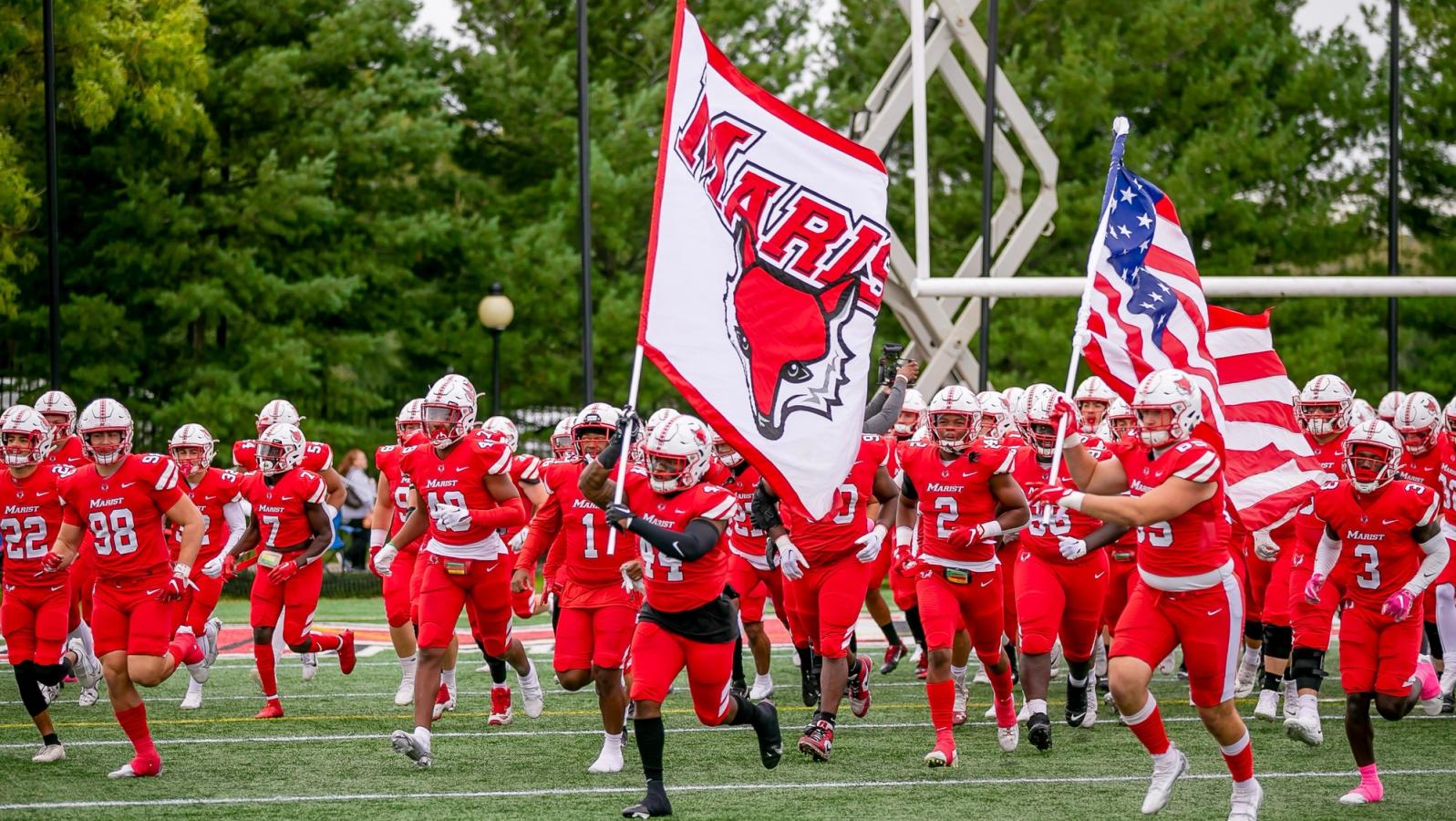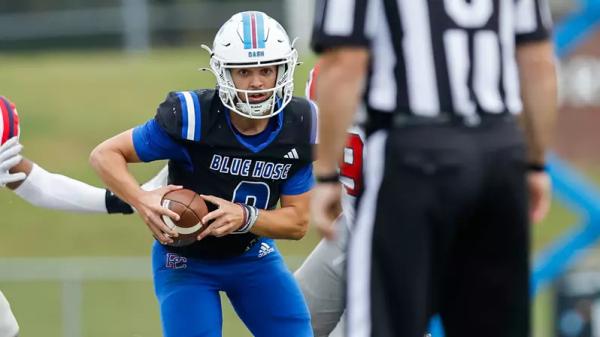•
Written By
Written By
•
•
•
Loading article...
Written By
Written By
Written By
Omar-Rashon Borja
Senior Writer, Editor, Historian
Written By
Omar-Rashon Borja
Senior Writer, Editor, Historian

The demise of the PAC-12 has stolen most of the headlines in this dystopian realignment cycle of the 2020s, but on the opposite side of the country, another conference may be on the verge of demise. The mass exodus of the Northeast Conference (NEC) continued last month when Sacred Heart and Merrimack announced intentions to leave the NEC for MAAC. The Warriors and Pioneers are now the fourth and fifth members of the NEC to depart since 2019.
This leaves the conference at seven full members, six of whom play football. The NEC is on the verge of not having enough members to qualify for NCAA men's and women's basketball tournaments and losing their FCS Playoffs auto bid.
One solution is for the NEC to do what they have always done and pick up schools from Division II's Northeast-10. For football, a relatively unorthodox solution could provide a temporary lift for the conference's football prospects.
Since the MAAC stopped sponsoring football after the 2008 season, Marist has been the lone Northeast outpost of the Pioneer Football League. The Red Foxes have used the non-scholarship league to keep football at the Division I level but at the expense of high travel costs and natural rivalries.
The ridiculous sprawl of the Pioneer Football League is common knowledge among many FCS fans. No program feels the effects of this more than Marist. Marist's closest Pioneer Football League opponent is Dayton, which is 660 miles away from Poughkeepsie. Since joining the Pioneer Football League in 2009, the Red Foxes have traveled to the University of San Diego six times and made four trips to Florida to play Stetson.
Comparatively, the travel demands among the Northeast Conference's football members are minuscule. The average distance from Marist to the NEC's football programs is 202 miles, less than a third of the distance from Marist and their closest Pioneer League foe. It will be easier for Marist fans to get excited about rivalries with fellow Empire State schools like Wagner and LIU or the resurrection of a series like theirs with St. Francis, which dates back to 1989.
Furthermore, the NEC has media deals with national TV partners, ESPN and CBS Sports Network, and receives exposure on SNY, the broadcast home of the New York Mets. The media exposure in the NEC is much better than in the Pioneer Football League, which lacked a media deal.
The main concern with Marist joining the Northeast Conference for football is the financial burden of providing 45 football scholarships each year. While a legitimate concern, the substantially reduced travel demands and money from the NEC's media deal should offset those costs considerably.
Should Marist send its football program to the NEC, its Olympic sports would stay in the MAAC. Duquesne has a similar arrangement, with the Atlantic Ten housing the Dukes' Olympic sports. While the Northeast Conference should target full members, they cannot afford to be picky and should consider another football-only member.
The time for desperation is now for the Northeast Conference. Marist provides a safety blanket for the conference's football prospects. It is an odd marriage, but one where both parties win. Marist loses routine trips to California, Florida, and the Midwest, while the NEC gets some protection from future football defections.

